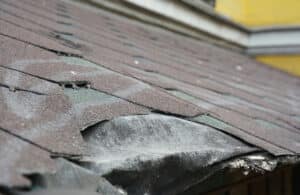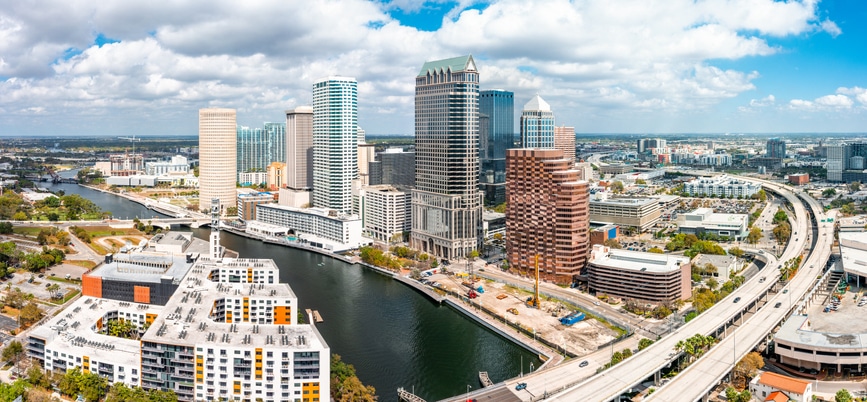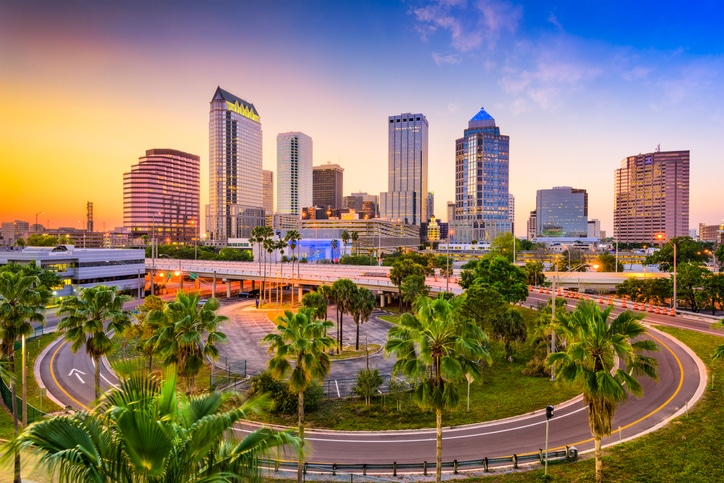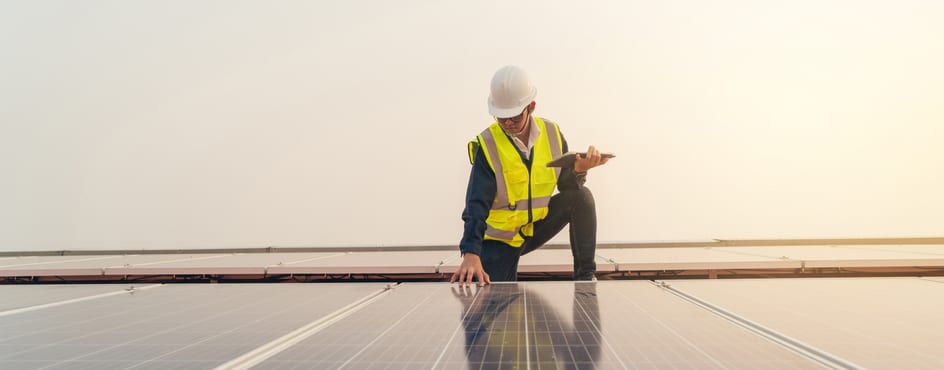The 15 most Common Roof problems
The 15 Most Common Roof Problems: A Comprehensive Guide
Without a strong and well-kept roof, our homes are vulnerable to the elements. However, over time, roofs can develop various problems that require attention
- Leaks:
Leaky roofs are a widespread issue that can lead to significant damage if left unaddressed. Signs of a leak include water stains on ceilings or walls, damp insulation, and mold growth. fixing leaks and identifying their sources are crucial to prevent further deterioration.
- Damaged Shingles:
Shingles can become damaged because of severe weather, age, or poor installation. Cracked, curled, or missing shingles compromise the roof’s integrity, allowing water infiltration. Regular inspections and timely shingle replacement can mitigate this problem.
- Roof Ventilation Issues:
Inadequate ventilation can lead to excess moisture buildup, which can cause mold growth, wood rot, and premature aging of roofing materials. Proper ventilation ensures a healthy and durable roof, so it’s important to check for blocked vents or improper airflow.
- Pooled Water:
Flat or low-slope roofs are susceptible to water pooling, especially in areas with poor drainage. Pooled water adds unnecessary weight and speeds up the deterioration of roofing materials. Correcting the slope and installing drains can ease this problem.
- Flashing Problems:
Flashing, which seals roof joints and edges, can deteriorate over time, leading to leaks. Loose or damaged flashing must be replaced to maintain a watertight barrier between roofing materials and other structures such as chimneys or skylights.
- Clogged Gutters:
Clogged gutters prevent proper water drainage, causing overflow and potential water damage to the roof and its surroundings. Regular gutter cleaning and installation of gutter guards can prevent this problem.
- Ice Dams:
In cold climates, ice dams can form at the roof’s edge, obstructing proper drainage and causing water to seep into the roof structure. Adequate insulation, ventilation, and proactive snow removal can help prevent ice dam formation.
- Pest Infestation:
Rodents and insects can find their way into roof spaces through small openings or damaged areas. They can cause damage to insulation, wiring, and even structural elements. Identifying and sealing entry points is crucial, along with pest control measures.
- Tree Damage:
Overhanging tree branches or fallen trees can damage roofs during storms or high winds. Regular tree maintenance and trimming can prevent such incidents and protect the integrity of the roof.
- Hail Damage:
Hailstorms can cause significant damage to roofs, including punctured or cracked shingles, dents in metal roofs, and granule loss on asphalt shingles. After a hailstorm, homeowners should inspect their roofs and consult professionals for necessary repairs.
- Blistering:
Blistering occurs when air or moisture becomes trapped beneath the roof’s surface, causing bubbles or raised areas. This issue is often a result of poor installation or excessive heat exposure. Proper ventilation and addressing underlying moisture issues can prevent blistering.
- Cracked Skylights:
Skylights can crack over time due to age, extreme weather, or poor installation. Cracked skylights not only compromise the roof’s integrity but also pose safety risks. Replacing or repairing damaged skylights is essential to maintain a secure and weather-resistant roof.
- Shrinkage and Thermal Expansion:
Certain roofing materials, such as asphalt, can shrink over time, causing cracks and fissures. Thermal expansion because of temperature fluctuations can exacerbate this problem. Regular inspections and proper maintenance can help detect and mitigate shrinkage-related issues.
- Poor Installation:
Roofing materials must be installed correctly to ensure their longevity and performance. Improper installation can lead to various problems, including leaks, inadequate ventilation, and premature deterioration. Hiring experienced and reputable contractors is crucial to avoid such issues.
- Aging:
Roofs have a limited lifespan, and over time, they deteriorate because of exposure to the elements. Aging roofs are prone to leaks, shingle damage, and structural issues. Regular maintenance, inspections, and timely repairs can extend the lifespan of an aging roof.
Conclusion:
Understanding the most common roof problems is essential for homeowners to identify issues early on and take actions. Regular inspections, proactive maintenance, and timely repairs are key to ensuring the longevity and integrity of our roofs. By addressing these common problems, homeowners can protect their investment and maintain a secure and comfortable living environment.




